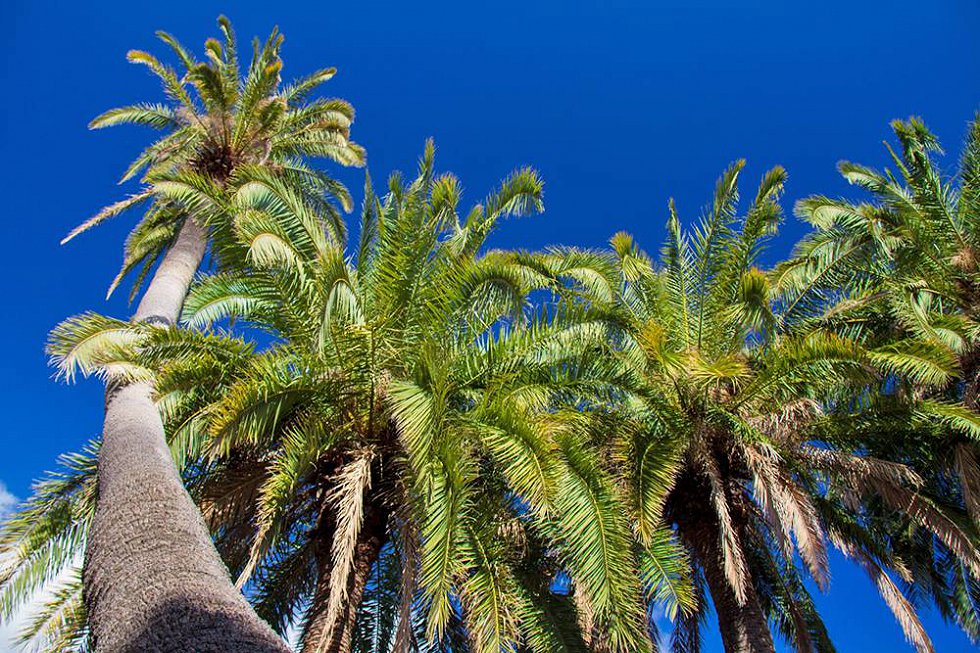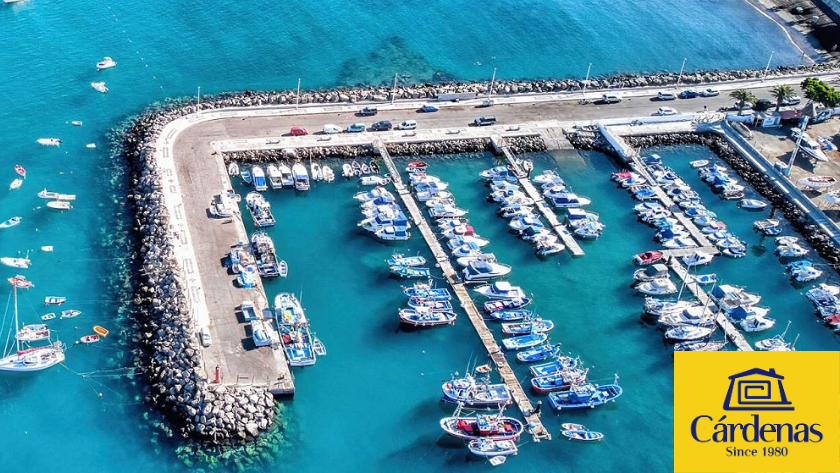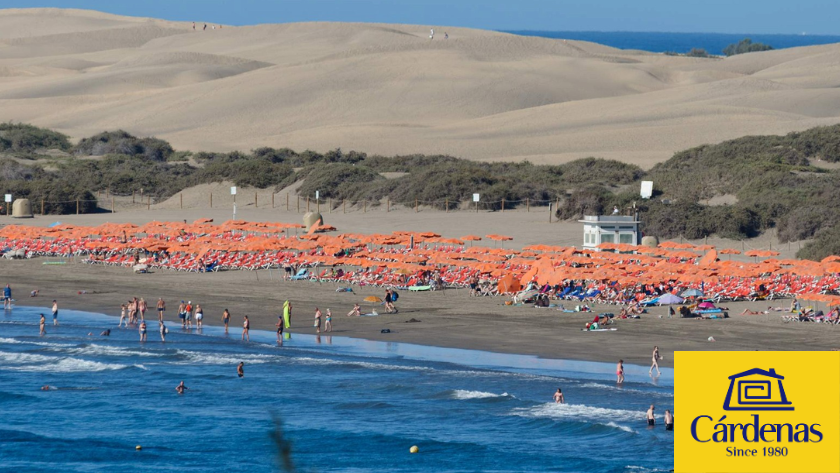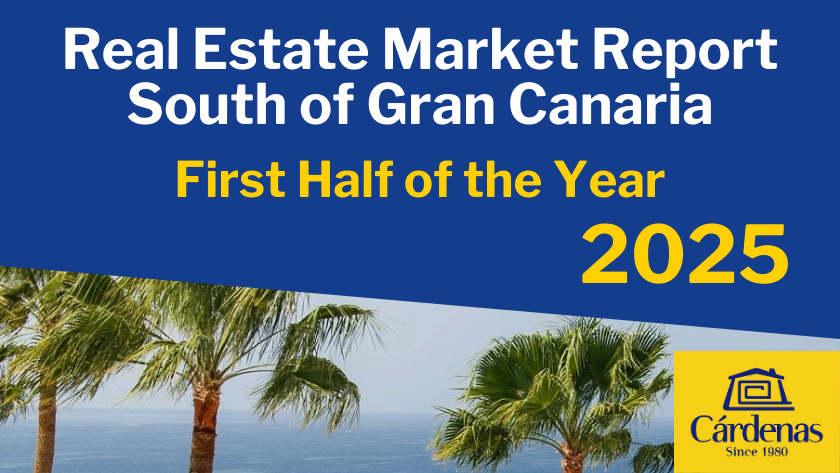Canarianism: The Canary Palm That Made It In Beverly Hills
Published in Living in Gran Canaria
Canary palms are originally from the Canary Islands, but they now line Rodeo Drive in Beverly Hills, and grow all over southern Spain and the subtropical world.
Canary Palms have a single trunk (if you see one in a clump, then it’s almost always a date palm) with a round crown of long leaves. They can grow to a height of over 20 metres.
You see Canary palms all over south Gran Canaria but especially in the Maspalomas oasis next to the lighthouse, in the Fataga palm grove and around the inland towns of Santa Lucia and San Bartolomé.
While they are closely related to the date palm, Canary palms don’t produce edible fruit but do have a thicker trunk and a bigger crown of leaves. They are widely regarded as one of the world’s most beautiful palm trees.
Just because you can’t eat Canary palm dates doesn’t mean that the tree isn’t useful. Canarians still use dried leaves as brooms (they are much better than shops brooms for outdoor sweeping).
In La Gomera, the sap from Canary palm trees, collected once every seven years, is boiled down in a tasty syrup called guarapo. It’s a bit like maple syrup and is delicious on pancakes and vanilla ice cream.
Canary palms are threatened by a fungus carried by a beetle that came to the Canaries on date palms imported for hotel gardens. Luckily, the wild trees seem to be resistant to the fungus although it is killing some cultivated palms in towns and parks.
To grow your own Canary palm, find a fresh seed at the base of a tree and plant in a pot of damp soil. When the seed germinates, keep it in a sunny spot and water when the soil starts to dry out. Canary palms grow well as houseplants but do grow spikes on their leaves as they get bigger.
If you want a Canary palm in your Gran Canaria garden, then choose a spot several metres from the nearest wall and make sure you are prepared to have a big tree in a few years time.
































































